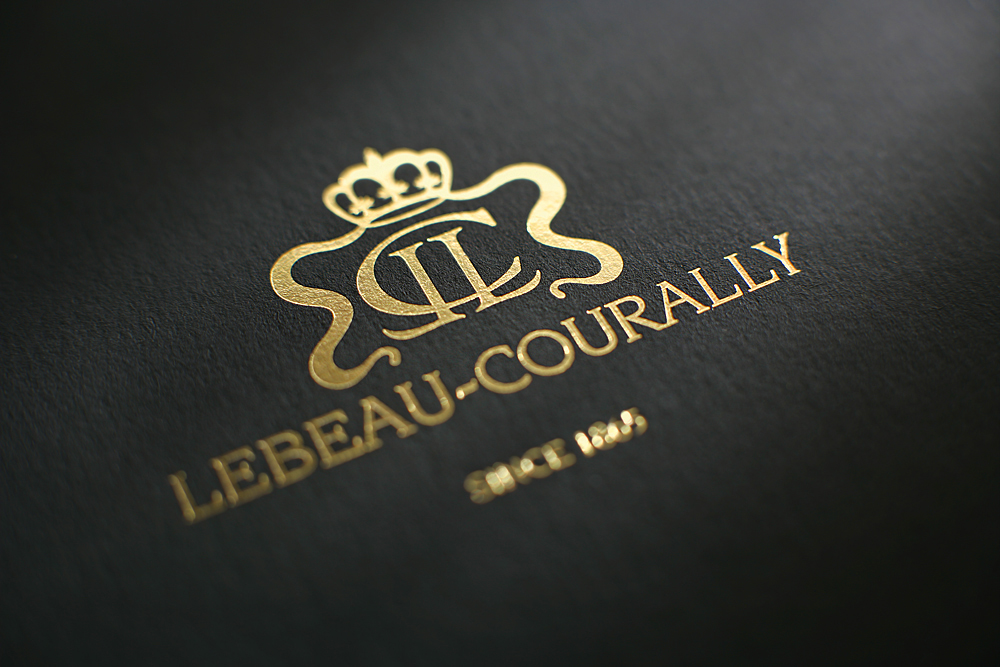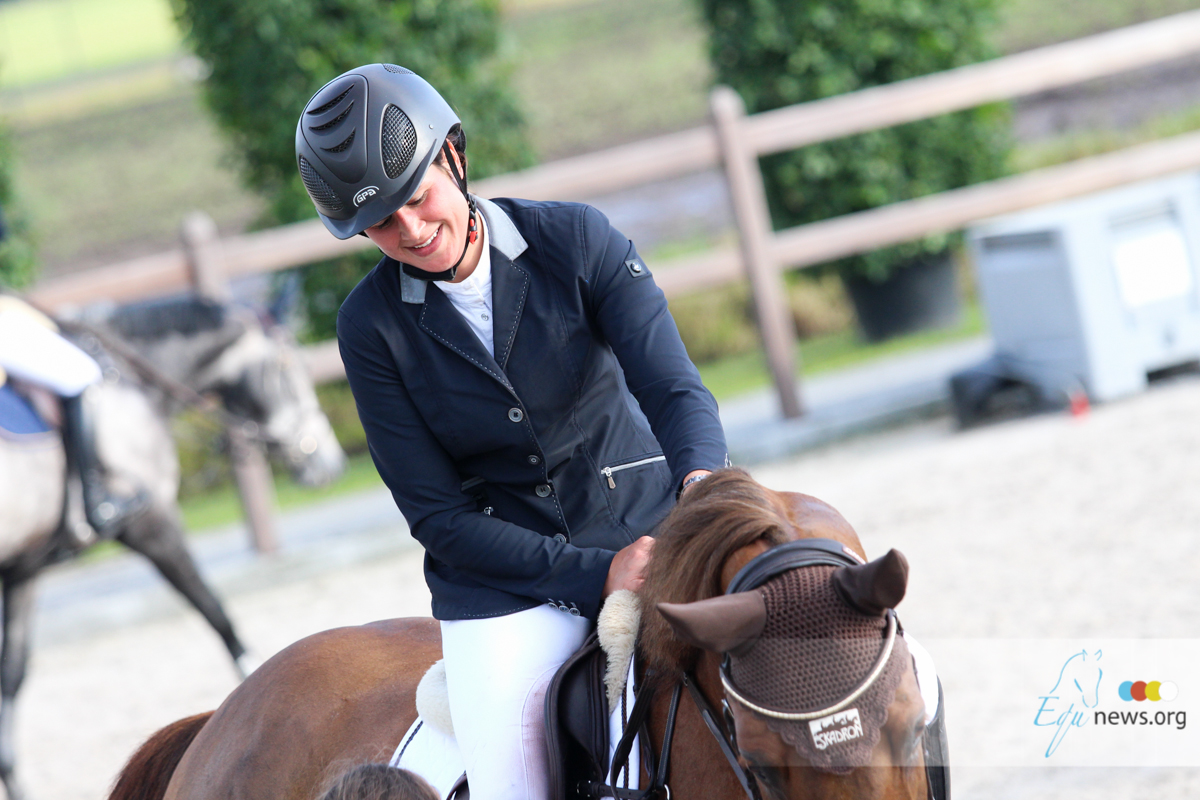It happens from time to time a nail got lost in the barn, and then suddenly .... BAM your horse has found it, unfortunately in the hoof. When you find the head of a nail protruding from the frog, you carefully place the foot down and plan your next move. Anxious to eliminate the cause of his pain, you grab pliers, yank the nail out of his frog, and sweep the floor clean of it. You clean the foot and begin a soak in warm Epsom salts solution as you place a call to your veterinarian. You have wisely arranged to have a veterinarian examine the wound immediately rather than risk the possible consequences of a delay, ranging from infection to internal structure damage. But during the veterinary exam, while your veterinarian applauds your prompt treatment and reporting of the injury, he suggests you might have taken a slightly different course of action. What might you have done? Next time, if you know your veterinarian is available to examine the horse immediately, leave the nail in place. This will allow him or her to see the exact location of the wound’s entry site and obtain radiographic visualization of the nail’s location within the hoof capsule. If timely veterinary help is unavailable and you must remove the nail, carefully note how much of the nail penetrated the foot, exactly where on the foot the penetration occurred, and at what angle. And before you remove the nail and if possible, take photos from a variety of angles to show your veterinarian when he or she arrives. Also, save the nail for your veterinarian to see. Penetrating hoof wounds can be extremely serious, causing infection and direct trauma to vital structures. Knowing a wound tract's depth and direction can help your veterinarian assess structural damage, choose the best diagnostic imaging study, provide appropriate on-site treatment, and prescribe the proper aftercare
A Nail in the Hoof: What Would You Do?
-
categories: Lifestyle



